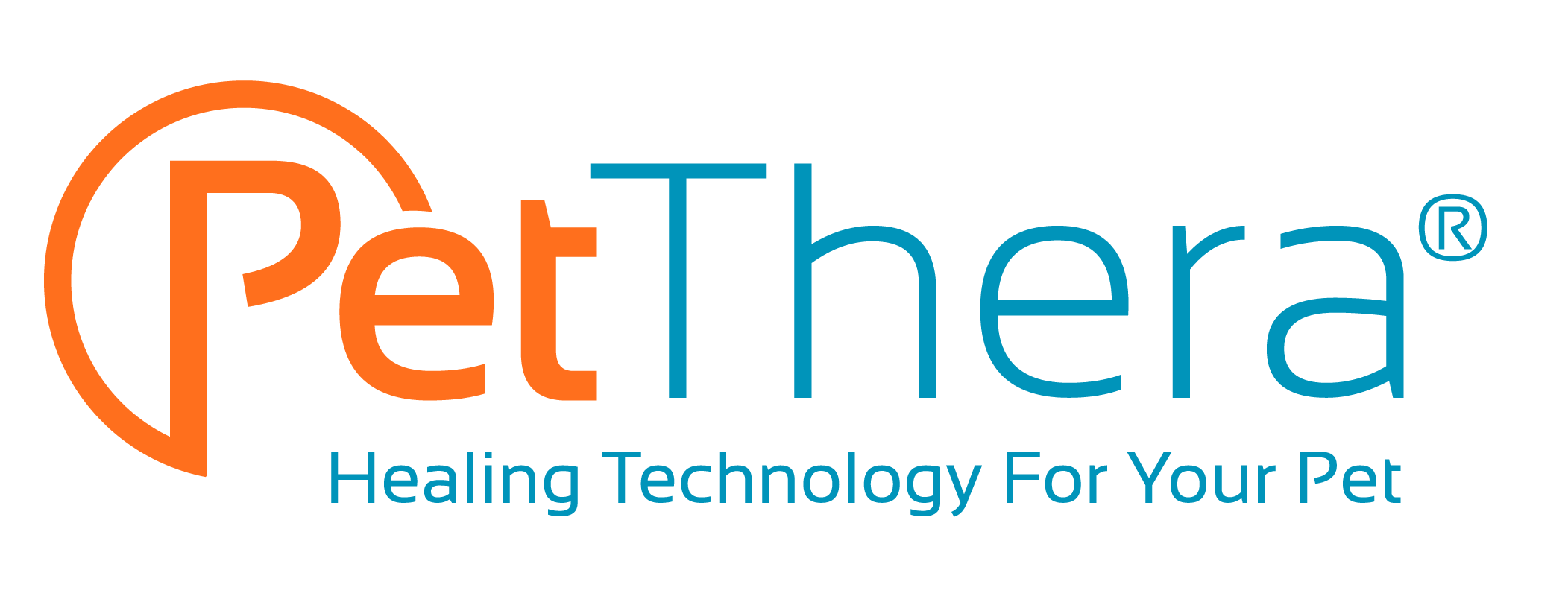Research and Insight
PetThera is dedicated to education surrounding low level light therapy and its positive effects on pet health and wellbeing.
You’ll find research and results from medical journals, schools, and other public and private entities that feature the latest clinical studies supporting the use and outcomes of photobiomodulation, and its evidence that backing low level light therapy (LLLT) for a range of uses on pets.
Check out our Twitter and LinkedIn accounts for commentary on LLLT trends and insights from experts and professionals across the globe.
Featured Research
Comparison of the low-level laser therapy effects on cultured human gingival fibroblasts proliferation using different irradiance and same fluence.
Excerpt Conclusion: “The LLLT acts by improving the in vitro fibroblast proliferation and a smaller laser exposure time results in higher proliferation.”
By: Almeida-Lopes L, Rigau J, Zângaro RA, Guidugli-Neto J, Jaeger MM.
Website: https://www.ncbi.nlm.nih.gov/pubmed/11553908
Wound Photobiomodulation Treatment Outcomes in Animal Models
Excerpt Conclusion: “Daily laser exposure at a wavelength of a 600 or 800 nm range showed most consistent benefits…”
By: Alondra Lopez and Cord Brundage
Website: https://www.ncbi.nlm.nih.gov/pmc/articles/PMC6699315/
Low-level laser therapy in different stages of rheumatoid arthritis: a histological study
Excerpt Conclusion: “We can conclude that LLLT is able to modulate inflammatory response both in early as well as in late progression stages of RA.”
By: Ana Carolina Araruna AlvesPaulo de Tarso Camillo de CarvalhoMarcio ParenteMurilo XavierLucio FrigoFlávio AimbireErnesto Cesar Pinto Leal Junior Regiane Albertini
Therapeutic Laser in Veterinary Medicine
Excerpt: “Laser therapy is rapidly becoming a modality that is used in a variety of conditions in veterinary medicine. It is estimated that close to 20% of veterinary hospitals in North America are using a therapeutic laser in their practice.”
Excerpt: “Because laser therapy is a noninvasive, drug-free treatment option, many clients are happy with a nonphar- macologic treatment option.”
By: Brian Pryor, PhD, Darryl L. Millis, MS, DVM, DACVS, CCRP, DACVSMR
Website: https://www.sciencedirect.com/sdfe/pdf/download/eid/1-s2.0-S0195561614001351/first-page-pdf
Effects of low-level laser therapy on wound healing.
Excerpt Conclusion: “Low-level laser can be safely applied to accelerate the resolution of cutaneous wounds…”
By: Andrade Fdo S, Clark RM, Ferreira ML.
Effects of Low-Level Laser Therapy on Skeletal Muscle Repair: A Systematic Review
Excerpt: “LLLT is an excellent therapeutic resource for the treatment of skeletal muscle injuries in the short-term.”
By: Alves AN, Fernandes KP, Deana AM, Bussadori SK, Mesquita-Ferrari RA.
Website: https://insights.ovid.com/article/00002060-201412000-00007
Effect of NASA light-emitting diode irradiation on wound healing.
Excerpt: “LED produced in vitro increases of cell growth of 140-200%...”
Excerpt: “We believe that the use of NASA LED for light therapy alone, and in conjunction with hyperbaric oxygen, will greatly enhance the natural wound healing process, and more quickly return the patient to a preinjury/illness level of activity.”
By: Whelan HT, Smits RL Jr, Buchman EV, Whelan NT, Turner SG, Margolis DA, Cevenini V, Stinson H, Ignatius R, Martin T, Cwiklinski J, Philippi AF, Graf WR, Hodgson B, Gould L, Kane M, Chen G, Caviness J.
Adjunctive 830 nm light-emitting diode therapy can improve the results following aesthetic procedures.
Excerpt Conclusion: “A growing body of clinical evidence is showing that applying 830 nm LED-LLLT as soon as possible post-procedure, both invasive and noninvasive, successfully hastens the resolution of sequelae associated with patient downtime in addition to significantly speeding up frank wound healing.”
By: Calderhead RG, Kim WS, Ohshiro T, Trelles MA, Vasily DB
Website: https://www.ncbi.nlm.nih.gov/pmc/articles/PMC4751092/
